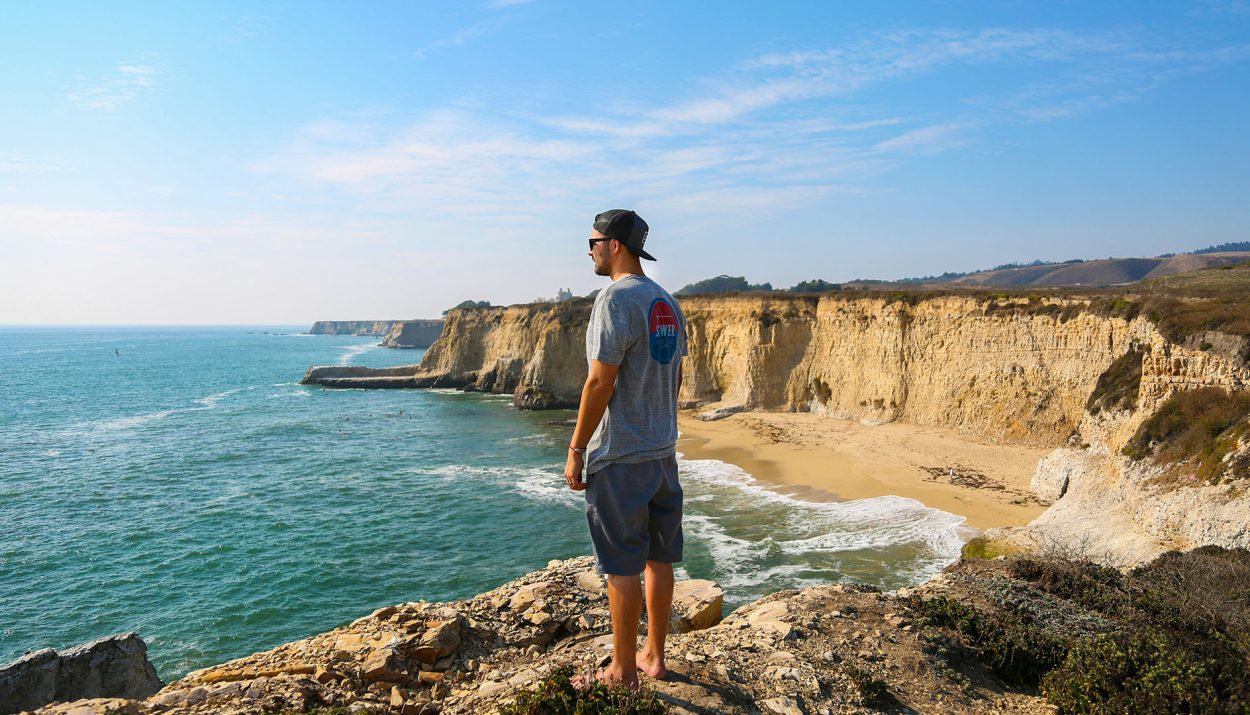Every year we receive various reports on how residential houses around beaches have been disturbed by storms and coastal erosion. This has caused residents to panic, for fear of another catastrophic disaster.
As a solution to protect themselves and their homes from future storms and coastal erosion, the people of California have been pleading with the commission to allow them to build a concrete sea wall for almost 10 years. After several “Nos,” they have turned to the law for help and the result might reshape the state’s coastal beaches.
The Struggles Of The People Of California
There have been several severe storms on California’s coastline during the past winter and these storms have caused widespread damage including the erosion of the West Cliff Drive in Santa Cruz, and even the destruction of Capitol Wharf.

They have also been said to be responsible for the breaches in the levees along the Pajaro River in Watsonville, flooding at the Barbara airport, and even the occurrence of two tornadoes in Los Angeles. And this has instilled fear in the people of Half Moon Bay.
A Different Kind Of Coastal Upheaval Has Surfaced In Half Moon Bay
Although most of these storm-induced destructions along the California coastlines have been repaired, quite a number are still under construction. The reports regarding different types of coastal storms have been gaining ground. This one is unique and significant and it is emerging at the end of a tranquil residential area in Half Moon Bay.
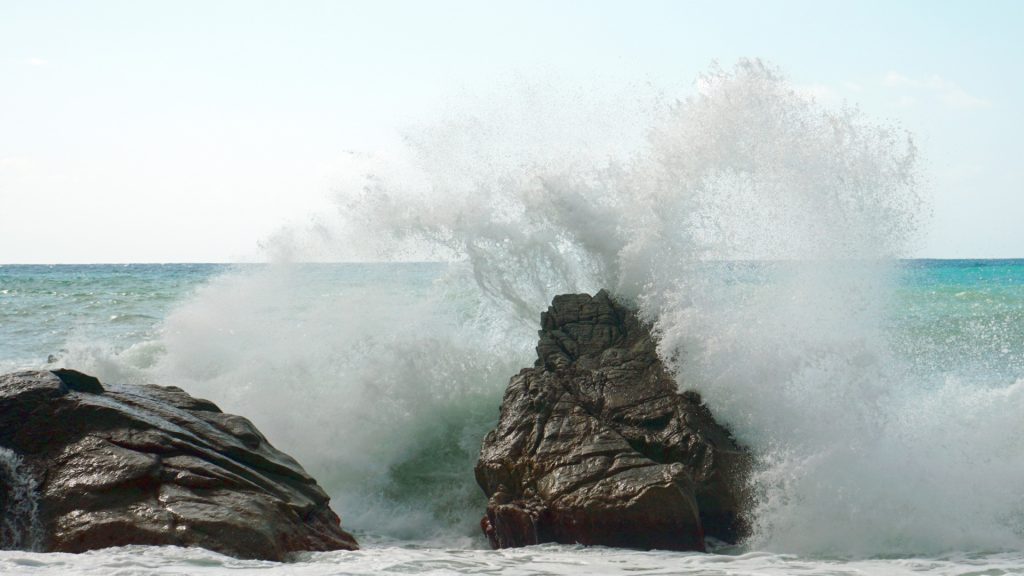
This challenge is associated with the rising sea levels and has unexplainable broader implications. It has the potential to determine the fate of billions of dollars worth of property and affect more than hundreds of public beaches spanning from San Diego to the Oregon border.
The People Of Half Moon Bay Prepare For Future Storms
It all started in 2016, when an intense storm led to the collapse of 20 feet of bluffs into the ocean which directly impacted Casa Mira, an assemblage of a total of 10 townhouses located on Miranda Road, approximately two miles north of downtown Half Moon Bay.
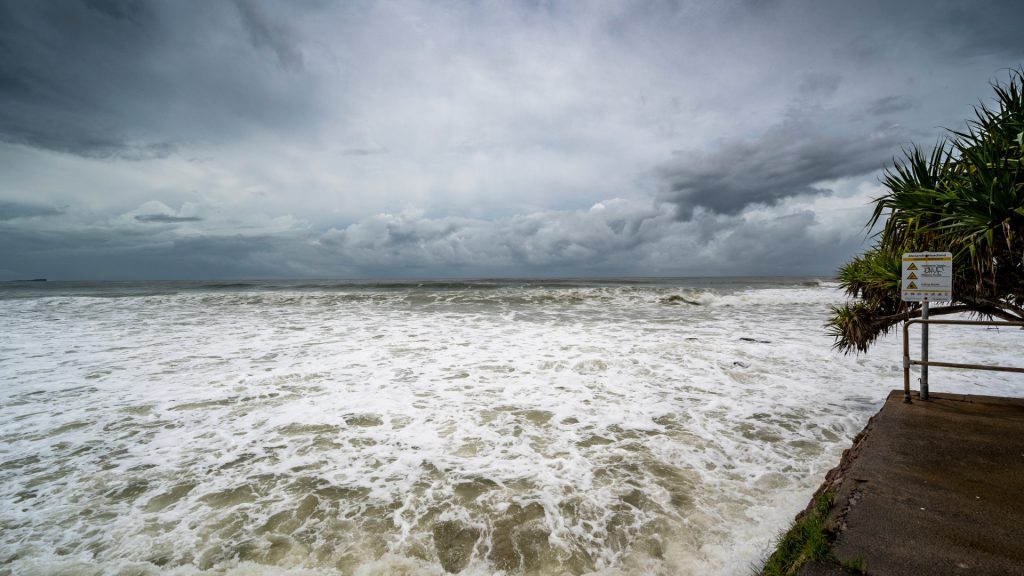
The people of Half Moon Bay became concerned about the situation and the immediate threat it had posed to their homes. The homeowners quickly secured an emergency permit from the California Coastal Commission to protect their properties.
They Were Ready To Take Protective Measures
The emergency permit they requested from the California Coastal Commission was to permit them to implement a protective measure by placing boulders also known as riprap, along the eroding shoreline.

The purpose of this was to impede the wave and prevent any further damage caused by the relentless force of the ocean. The residents explained how they were just trying to make it work. And how their houses would fall into the oceans if they refused to do anything.
They Spent Huge Amounts On Engineering Studies
Skinner, a former Los Gatos physical therapist who acquired her own house in 1987 along with the other members of the Casa Mira Homeowners Association invested a whopping $210,000 in engineering studies to make sure they explored all possible solutions for coastal challenges.

After taking this step, they subsequently went ahead to submit an application to the Coastal Commission seeking their approval to erect a 257-foot concrete sea wall. This was the best long-lasting solution that could mitigate the ongoing challenges posed by coastal erosion.
The Coastal Commission Staff Recommended That The Project Be Approved
However, there has been a trend of reduced approval of sea wall permits due to concerns about sea walls having the potential to induce erosion on public beaches. The Coastal Commission staff still believes that the $5 million sea wall will be crucial for safeguarding a portion of the most visited California coastal trail and the sewer line.
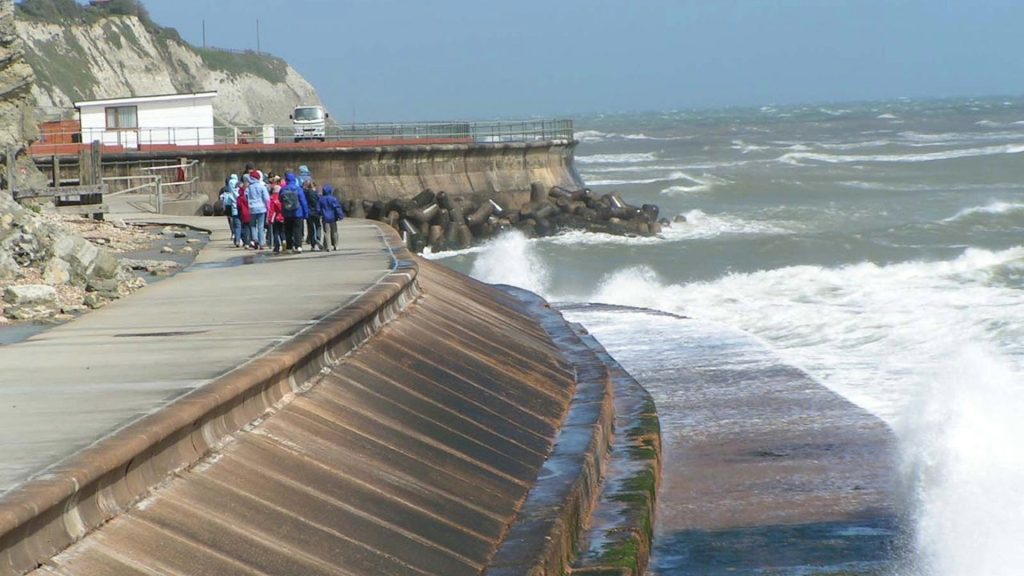
As part of the agreement, homeowners have agreed to cover costs for additional amenities such as park benches, signs, bicycle racks along the trails, and even a staircase to enhance public access to the beach.
The People Of Half Moon Bay In 2019
In 2019, the homeowners made a considerable effort to travel for a total of four hours each to attend the Coastal Commission meeting in San Luis Obispo, they had to wait for nine hours before their agenda was even discussed only for the commissioners to say no to their proposal.

During the meeting, Delia Bense-Kang, a representative from the Surfrider Foundation environmental group, argued against the proposal, pointing out that it would only create a terrible precedent.
They Recommended The Managed Retreat Technique
To Delia Bense-Kang-Kang, instead of building sea walls and setting a terrible precedent, she recommended the “managed retreat”, a technique where they either moved back homes close to the beach or removed them entirely and unfortunately, the commissioners agreed.
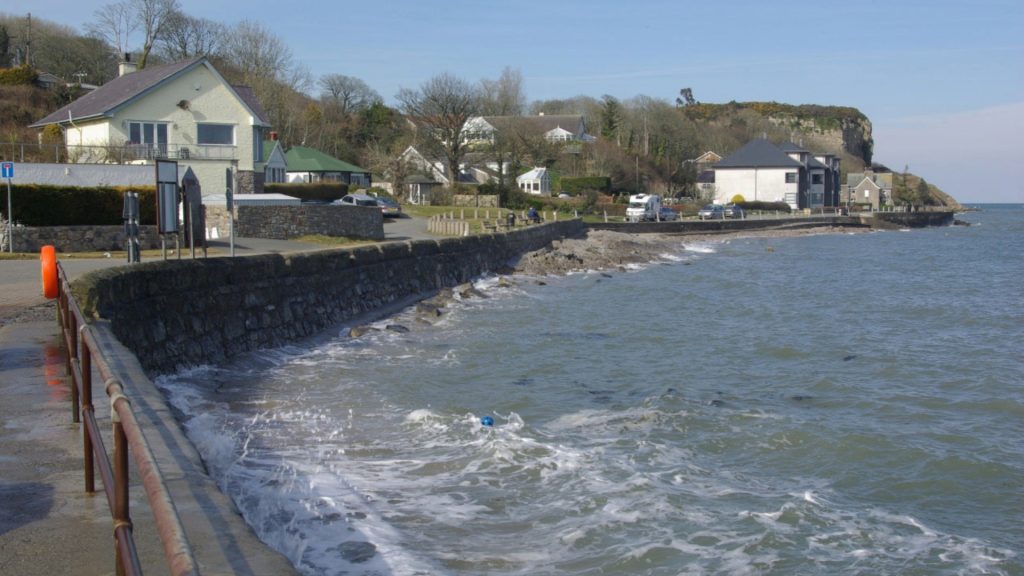
In this regard, they voted only to allow the construction of 50 feet of sea walls. They are to be constructed in front of an adjacent four-unit apartment building while none of the Casa Mira Homeowners were permitted to build a sea wall.
The Casa Mira Homeowners Became Frustrated
Dayna Bochco, the chairwoman of the commissioner and former L.A. TV executive shared that coastal experts were worried that “the seawalls eat away at the beach” and over time the construction of the sea walls will only contribute to the erosion of the beach.

Subsequently, a directive was delivered to the homeowners, although they were denied the permit to build the sea walls, they were also instructed to remove the protective boulders they had previously installed, basically leaving the townhouses defenseless against the next storm.
The Casa Mira Homeowners Have Ultimately Sued
After feeling so frustrated and defeated, tired of the unending struggle and persuasion they decided to involve the law. They brought the case before San Mateo County Superior Court Justice Marie Weiner.

The key to the case has pointed out that the coastal commission is supposed to act on the provision of The Coastal Act approved by the state lawmakers in 1976 which states that the commission “shall” issue permits for sea walls and other types of armoring to protect existing “structures”.
The State Believes That The Coastal Act Only Covers House Built Before 1997
The respondent’s attorney has argued that the Coastal Act should be interpreted differently. To them, it meant that all seaside homes and buildings constructed after 1976, if endangered by erosion, should be allowed to fall into the sea and be destroyed.

Hearing this pissed Judge Weiner off and called that position an erroneous and unreasonable misreading of the state laws.
The Homeowners Won The Lawsuit
With the ruling provided and finalized in July, the homeowners won. Marie Weiner ruled that the Coastal Commission violated the state’s landmark Caistal Act by failing to balance the need to protect the environment and private property rights.

The Coastal Commission has since appealed that ruling in a case that could ultimately end up going before the California Supreme Court.
This Case Has Become An Interest To All
This case has garnered some attention and has everyone interested and eager to how it will turn out. It has become a tsunami of interest to lawyers, regulators, researchers, and even environmentalists.
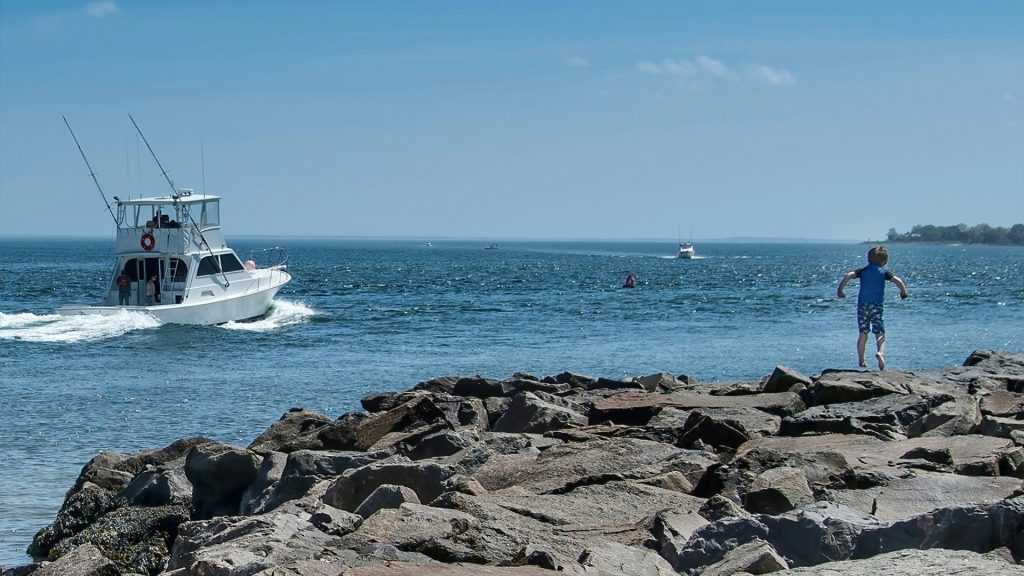
If the homeowners win, it means that the ultimate decision could force the state to allow the construction of sea walls along the coastline.
The State Could Lose Their Prized Beaches
What’s left for the state is to either accept the prospect of losing their prized beaches due to the anticipated rise in sea level by the end of the century or opt for an option that’d cost them financially.

The second option entails paying millions of dollars to homeowners, encouraging them to relocate their homes and businesses away from the shoreline.
The Threat Of Sea Level Rise Continues To Grow
A steady increase in the temperature of the climate has led to the rising ocean level all over the world. This increase results from the melting of glaciers and polar ice sheets coupled with the expansion of seawater.

Using San Francisco Bay as an example the water level has elevated by 8 inches since the mid-1800s. And the Pacific oceans could rise by 1-2 feet in 2050 and 4 feet in 2100.
$8 Billion And $10 Billion Properties Might End Up Underwater
With the look of things between 8$ billion and $10 billion of existing coastal property in California is likely to end up underwater by 2050.
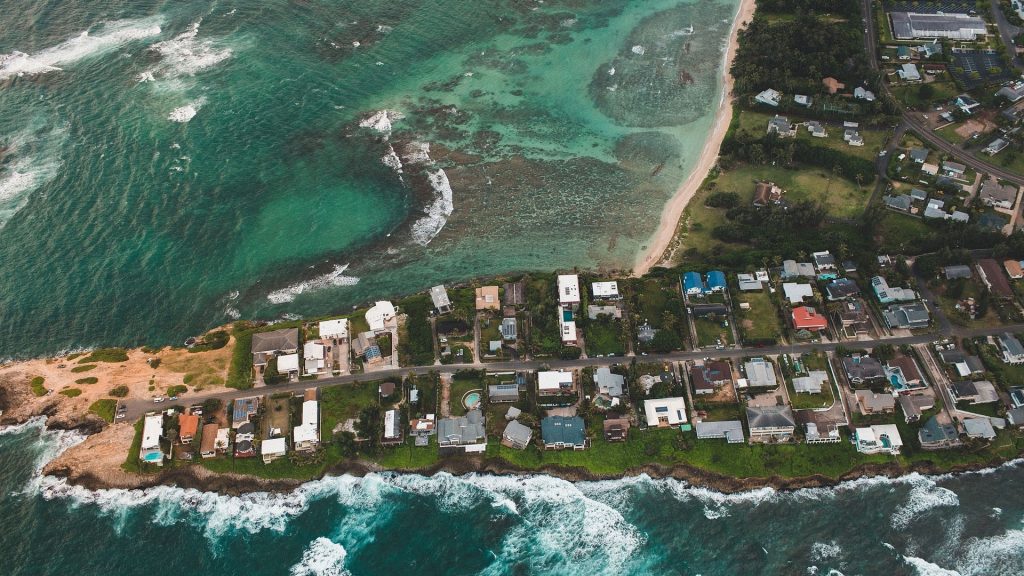
And an additional $6 billion to $10 billion are at risk of drifting the high tides. This data is from a report obtained in 2020 from the Legislative Analyst’s Office.
What This Means For California
This means that anyone could get a sea wall permit for any development after it has been built. This will in the long run curb the capacity and power of the commission to avoid granting sea wall permits to individuals who need them.

However, there’s a dilemma that will forever be difficult to solve. With almost 39 million people in California, the number of people using these public beaches is more than those who own coastal properties.

